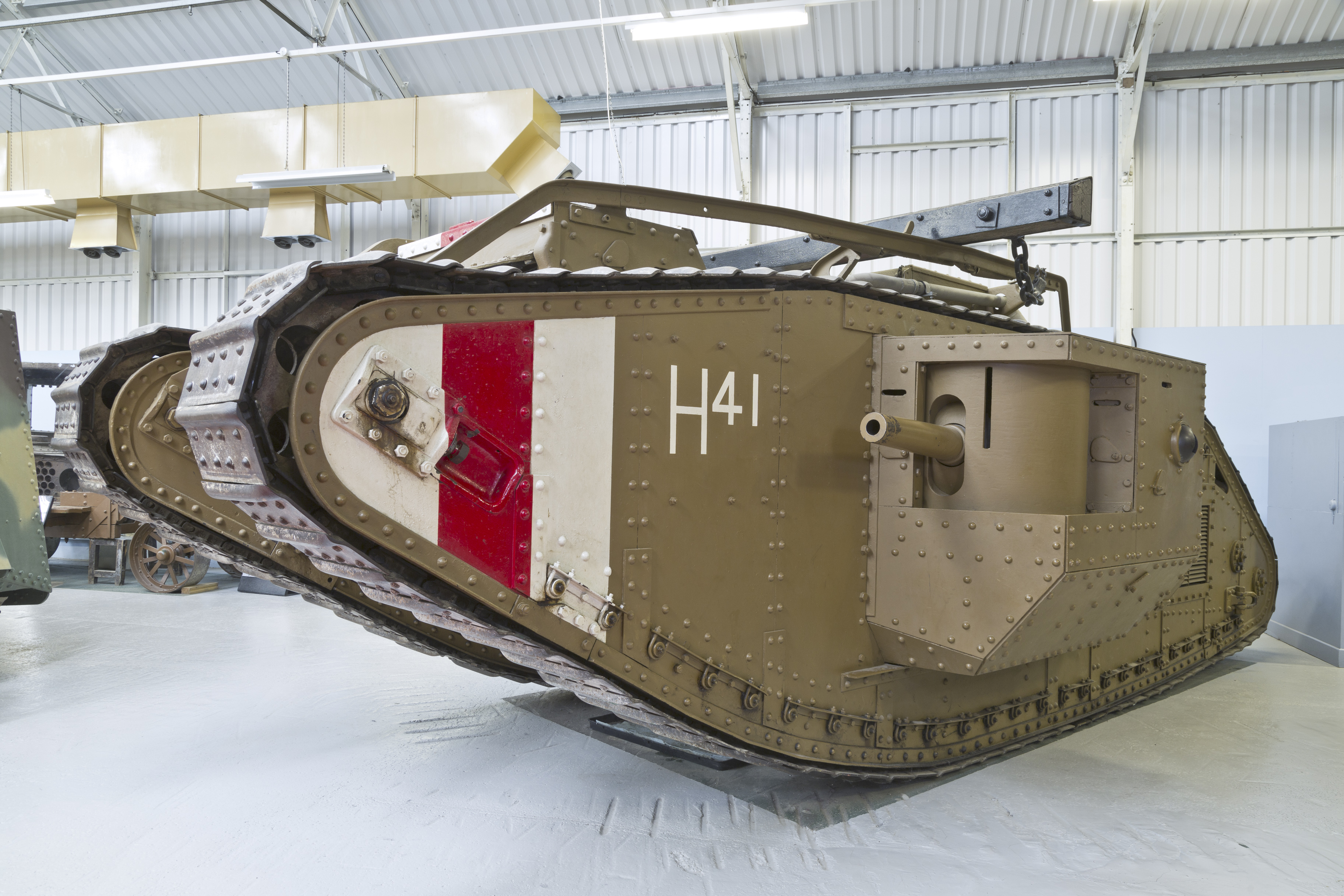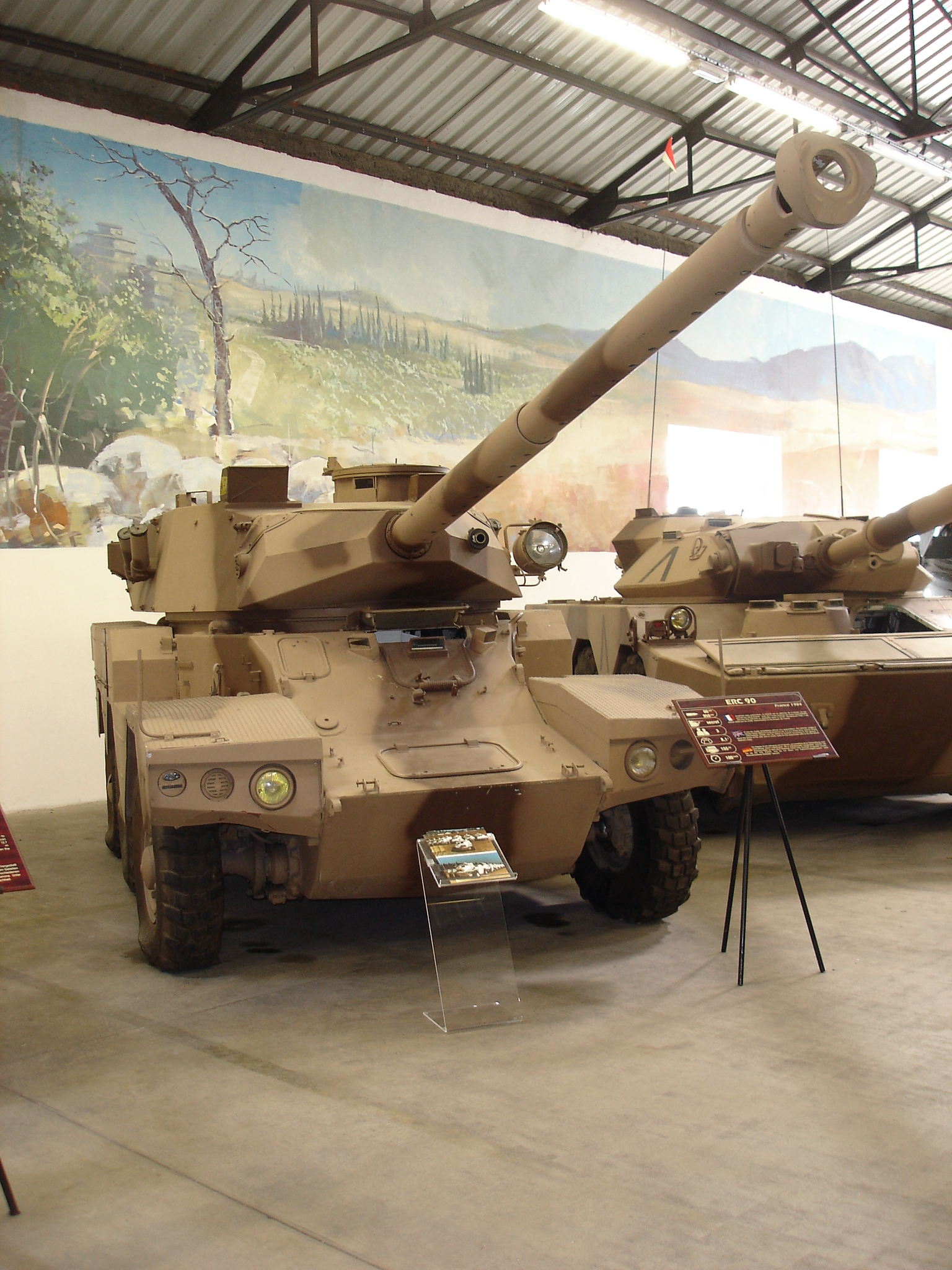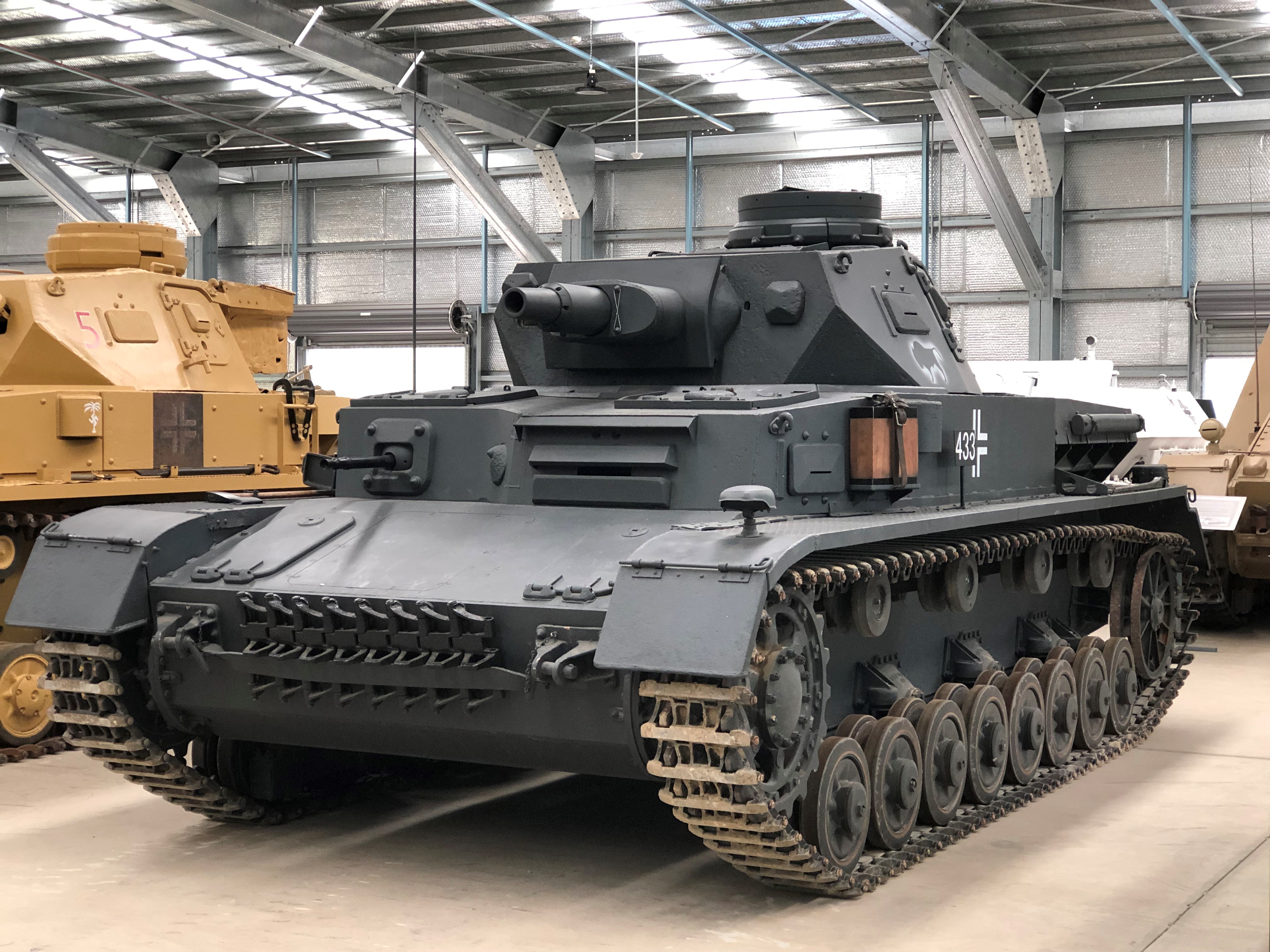|
Nationaal Militair Museum
The Nationaal Militair Museum (NMM) is a military museum in Soesterberg, Netherlands. It focuses on the history of the Dutch Armed Forces with emphasis on the Royal Netherlands Army and the Royal Netherlands Air Force. The Stichting Koninklijke Defensiemusea (Royal Defense Museums Foundation) oversees the museum. Its collection derives from the Legermuseum in Delft and the Militaire Luchtvaart Museum in Soesterberg, which were merged to form the NMM in 2014. The museum occupies the site of the former Soesterberg Air Base. See also *Bundeswehr Museum of German Defense Technology – Koblenz, Germany *Deutsches Panzermuseum – Munster, Germany *Australian Armour and Artillery Museum – Australia *Musée des Blindés – Paris, France *Royal Tank Museum – Amman, Jordan *The Tank Museum – Bovington, United Kingdom *United States Army Ordnance Museum *Polish Army Museum Museum of the Polish Army ( pl, Muzeum Wojska Polskiego) is a museum in Warsaw documenting the military his ... [...More Info...] [...Related Items...] OR: [Wikipedia] [Google] [Baidu] |
Leopard 1
The Leopard 1 (also styled Leopard I, before the Leopard 2 simply known as Leopard) is a main battle tank designed and produced by Porsche in West Germany that first entered service in 1965. Developed in an era when HEAT warheads were thought to make conventional heavy armour of limited value, the Leopard focused on firepower in the form of the German-built version of the British L7 105-mm gun, and improved cross-country performance that was unmatched by other designs of the era. The design started as a collaborative project during the 1950s between West Germany and France, and later joined by Italy, but the partnership ended shortly after and the final design was ordered by the Bundeswehr, with full-scale production starting in 1965. In total, 6,485 Leopard tanks have been built, of which 4,744 were battle tanks and 1,741 were utility and anti-aircraft variants, not including 80 prototypes and pre-series vehicles. The Leopard quickly became a standard of many European milita ... [...More Info...] [...Related Items...] OR: [Wikipedia] [Google] [Baidu] |
Bundeswehr Museum Of German Defense Technology
The Bundeswehr Museum of German Defense Technology also known as ''Wehrtechnisches Museum Koblenz'' and ''Wehrtechnische Studiensammlung Koblenz'' (WTS-Koblenz) is the official Bundeswehr's Defense Technology Study Collection in Koblenz. It is one of Germany's important technical military exhibitions, with about 30,000 objects on an exhibition area of around . It is known as one of the most extensive collections of its kind internationally. The main focus of the museum is on defense technology and the military science library. It is a subsidiary of the Federal Office of Bundeswehr Equipment, Information Technology and In-Service Support (BAAINBw - formerly the Federal Office of Defense Technology and Procurement). History The initial history of the WTS kicks off with the Krupp firing range in Meppen, which was established by Friedrich Krupp AG from 1877. The eventful history of the site and the holdings there during the First World War, the period of the Treaty of Versailles, t ... [...More Info...] [...Related Items...] OR: [Wikipedia] [Google] [Baidu] |
Polish Army Museum
Museum of the Polish Army ( pl, Muzeum Wojska Polskiego) is a museum in Warsaw documenting the military history of Poland. Established in 1920 under the Second Polish Republic, it occupies a wing of the building of the Polish National Museum as well as several branches in Poland. It is Warsaw's second largest museum and the largest collection of military objects in Poland. The collection illustrates a thousand years of Polish military history, from the 10th century to the Second World War. Establishment Opened in 1920, the museum expanded in 1993 with the Museum of Katyn and the Museum of Polish Military Technology opened in the 9th Czerniakowski Fort. Collections The forecourt of the museum houses several dozen armoured vehicles, artillery pieces and aircraft, an eclectic mix of Soviet, western and Polish equipment, mostly from the World War II era. The indoor galleries concentrate on the military history of Poland since the 10th century, and are particularly strong on ... [...More Info...] [...Related Items...] OR: [Wikipedia] [Google] [Baidu] |
United States Army Ordnance Museum
The United States Army Ordnance Training Support Facility (formerly known as the U.S. Army Ordnance Training and Heritage Center and U.S. Army Ordnance Museum) artifacts are used to train and educate logistic soldiers. It re-located to Fort Lee (Virginia), Fort Lee, outside Petersburg, Virginia. Its previous incarnation was the United States Army Ordnance Museum at Aberdeen Proving Ground in Aberdeen, Maryland which closed in September 2010. History The mission of the U.S. Army Ordnance Training and Heritage Center is to acquire, preserve, and exhibit historically significant equipment, armaments and materiel that relate to the history of the U.S. Army Ordnance Corps and to document and present the evolution and development of U.S. military wikt:ordnance, ordnance material dating from the American Colonial Period to the present day. Established in 1919 and officially opened to the public in 1924, to exhibit captured enemy equipment and materiel, the Museum was located in Building ... [...More Info...] [...Related Items...] OR: [Wikipedia] [Google] [Baidu] |
The Tank Museum
The Tank Museum (previously The Bovington Tank Museum) is a collection of armoured fighting vehicles at Bovington Camp in Dorset, South West England. It is about north of the village of Wool and west of the major port of Poole. The collection traces the history of the tank. With almost 300 vehicles on exhibition from 26 countries it is the largest collection of tanks and the third largest collection of armoured vehicles in the world.The ''Musée des Blindés'' in France has a collection of 880 armoured vehicles, although it includes fewer tanks than Bovington. It includes Tiger 131, the only working example of a German Tiger I tank, and a British First World War Mark I, the world's oldest surviving combat tank. It is the museum of the Royal Tank Regiment and the Royal Armoured Corps and is a registered charity. History The writer Rudyard Kipling visited Bovington in 1923 and, after viewing the damaged tanks that had been salvaged at the end of the First World War, recommended ... [...More Info...] [...Related Items...] OR: [Wikipedia] [Google] [Baidu] |
Royal Tank Museum
The Royal Tank Museum (Arabic: ''متحف الدبابات الملكي'') is a Tank museum in Amman, Jordan. Located next to the King Abdullah II Park in Al Muqabalain, the museum was established in 2007 upon King Abdullah's directives. The museum building was designed by Zaid Daoud Architects as a "futuristic sand castle that borrows from the language of Stealth." It has close to 20,000 sq. m of exhibition space divided into thirteen halls showcasing hundreds of light and heavy military items placed in their historic chronological order "for dramatic impact". Each hall presents a different perspective of machinery and scenery and features around 110 tanks, many of which are historical and were used in Jordan's past wars and battles. The museum was opened on January 29, 2018, in a ceremony led by His Majesty King Abdullah II of Jordan. See also *Bundeswehr Museum of German Defense Technology – Koblenz, Germany *Deutsches Panzermuseum – Munster, Germany *Australian Armour an ... [...More Info...] [...Related Items...] OR: [Wikipedia] [Google] [Baidu] |
Musée Des Blindés
The ''Musée des Blindés'' ("Museum of Armoured Vehicles") or ''Musée Général Estienne'' is a tank museum located in the Loire Valley of France, in the town of Saumur. It is now one of the world's largest tank museums. It began in 1977 under the leadership of Colonel Michel Aubry, who convinced both the French military hierarchy and the local political authorities. Started years ago with only a few hundred tracked vehicles, it has become a world-class collection which attracts visitors interested in the history of multinational tank development as well as professional armor specialists. From the very beginning, Colonel Aubry had made it a key policy of the museum to restore to running condition as many historically or technically significant vehicles as was feasible. The museum has the world's largest collection of armoured fighting vehicles and contains well over 880 vehicles, although the British Tank Museum has a larger number of tanks. Because of shortage of space, ... [...More Info...] [...Related Items...] OR: [Wikipedia] [Google] [Baidu] |
Australian Armour And Artillery Museum
The Australian Armour and Artillery Museum is a privately owned museum dedicated to tanks, armoured vehicles and artillery from the Second World War and post war periods. It was officially opened in 2014, in Cairns, Queensland, Australia. The museum has purchased a number of vehicles and items for display from overseas, including some items from the Littlefield Collection when it was downsized. It is the largest collection of military vehicles in Australia, and the only major collection of vehicles in Australia apart from the Royal Australian Armoured Corps Memorial and Army Tank Museum at Puckapunyal. It is one of the largest private collections of artillery and AFVs in the world. The museum houses vehicles from a number of overseas manufacturers, including vehicles from Russia, Germany, Japan, the UK, the US and Czechoslovakia. Collection The museum houses artillery dating back to World War I and vehicles from World War II and the post war period. All up the collection ... [...More Info...] [...Related Items...] OR: [Wikipedia] [Google] [Baidu] |
Deutsches Panzermuseum
The German Tank Museum (german: Deutsches Panzermuseum Munster (DPM))''Deutsches Panzermuseum Munster'' at www.deutsches-panzermuseum.de. Retrieved 11 Nov 2014. is an armoured fighting vehicle museum in , Germany, the location of the Munster Training Area camp (not to be confused with the city of ). Its main aim is the documentation of the history of German armoured troops since 1917. It originated in 1983 from the instructional collection o ... [...More Info...] [...Related Items...] OR: [Wikipedia] [Google] [Baidu] |
Soesterberg Air Base
Soesterberg Air Base was a Royal Netherlands Air Force (RNLAF) military air base located in Soesterberg, east-northeast of Utrecht. It was first established as an airfield in 1911, and in 1913, the Dutch Army bought the field and established the Army Aviation Division. For almost 40 years, United States Air Force facilities at Soesterberg, named Camp New Amsterdam was a major front line USAFE air base during the Cold War. The base was closed on 31 December 2008, due to budget cuts in the Dutch armed forces. The air base ceased flying operations on 12 November 2008, when the command was transferred from the RNLAF to the Ministry of Defence which will take care of the base until it will be given back to nature. The last fighter ever to depart, delayed due bad weather at Aviano AB, was a Greek F-4E Phantom II. The former USAFE part stays in military hands, and will now officially be called Camp New Amsterdam. Early history During World War I, the Netherlands was a neutral ... [...More Info...] [...Related Items...] OR: [Wikipedia] [Google] [Baidu] |
Soesterberg
Soesterberg is a town in the Dutch province of Utrecht. It is a part of the municipality of Soest, and lies about 5 km northeast of Zeist, on the road between Amersfoort and Utrecht. It was the location of Soesterberg Air Base History The town was first mentioned in 1840 as Berg, meaning hill belonging to Soest. In 1840, it was home to 253 people. The military airbase and the tram line Amersfoort–Zeist caused a rapid growth of the village in the 1920s and 1930s. In 1939, a monastery was established by the Society of the Divine Word. In 1940, an officer's casino was built for the German Luftwaffe. It is one of the few remaining buildings in Nazi architectural style in the Netherlands, and has thick walls. It was captured intact by the Canadians in 1945, and was used by the KLM and Ministry of Defence. It has been converted into an apartment building. In 1837, a Catholic church was built which was replaced between 1952 and 1953 by the Carolus Borromeus Church. Soesterbe ... [...More Info...] [...Related Items...] OR: [Wikipedia] [Google] [Baidu] |
Militaire Luchtvaart Museum
The Militaire Luchtvaart Museum was located at Camp Zeist near the former Soesterberg Air Base. It was the official museum of the Royal Netherlands Air Force. In 2006 the Ministry of Defence decided to merge three military museums in the Netherlands into the Nationaal Militair Museum, located at the former Soesterberg Air Base. The new museum opened in 2013. Collection * Auster Mark III * Bölkow Bo-105CB * Breguet Br.1150 Atlantique * Cessna T-37 Tweet (In storage at Soesterberg AB) * Convair F-102A Delta Dagger * Dornier Do 24K * Douglas C-47 Dakota "Skytrain" * Fokker D.VII * Fokker D.XXI * Fokker G.1A * Fokker S.11 "Instructor" * Fokker S.14 "Machtrainer" * Fokker F27-300M Troopship * General Dynamics F-16A * Gloster Meteor Mk.4 * Grumman S-2A Tracker * de Havilland DH-82 Tiger Moth * de Havilland Dominie DH-89B * de Havilland Canada DHC-2 Beaver * Hawker Hunter F.Mk.4 * Hawker Sea Fury F.B.51 * Hawker Sea Hawk FGA.50 * Hiller OH-23C Raven * Koolhoven FK.51 * ... [...More Info...] [...Related Items...] OR: [Wikipedia] [Google] [Baidu] |








